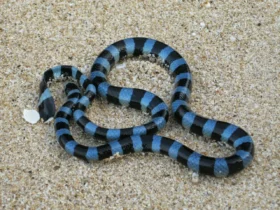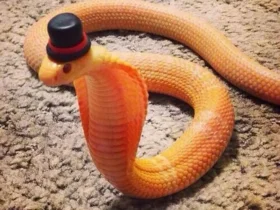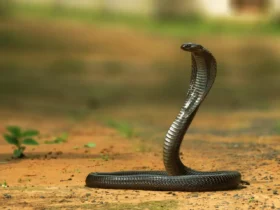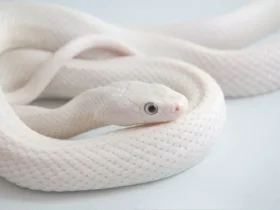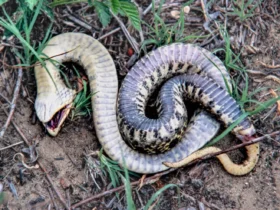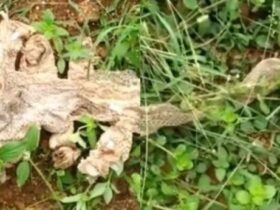The idea of snakes drinking milk has been a subject of fascination and curiosity for centuries, often finding its way into myths, folklore, and popular culture. The notion of a snake consuming milk conjures images of danger, mystery, and unconventional behavior. However, it is important to separate fact from fiction when it comes to snakes and their dietary habits. In this article, we explore the truth behind the belief that snakes drink milk.
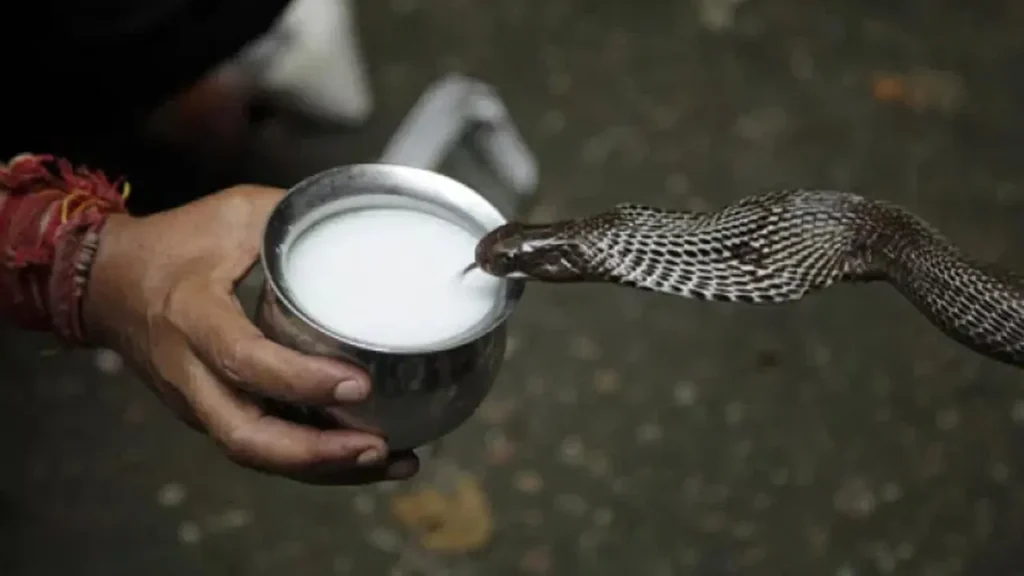
Understanding Snake Diets
Before delving into the specific topic of snakes and milk, it is essential to understand the general dietary habits of snakes. Snakes are carnivorous reptiles that typically prey on a variety of animals, such as rodents, birds, amphibians, and even other reptiles. Their diet consists mainly of live prey, which they capture, immobilize, and swallow whole.
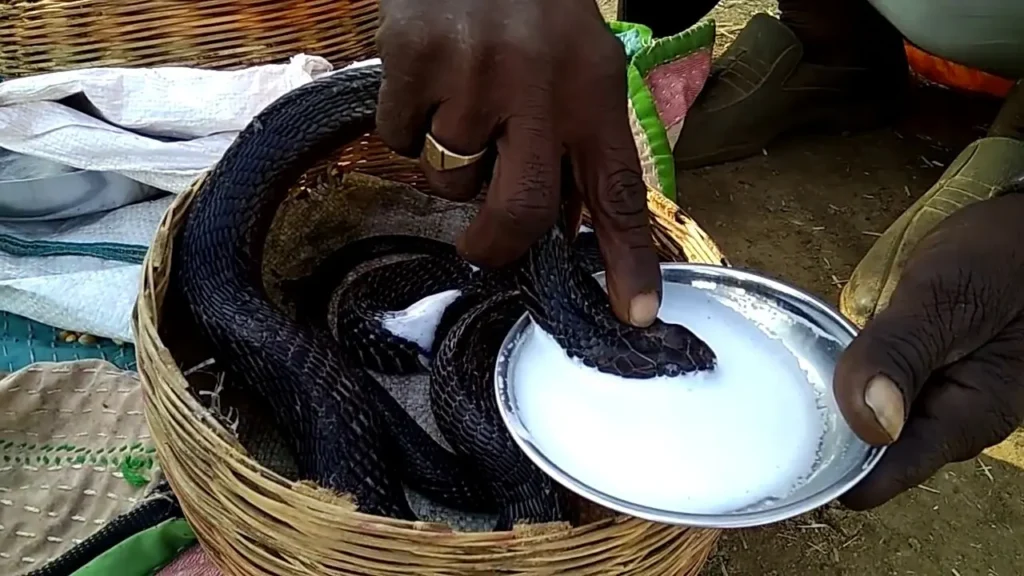
Snakes and Milk
Contrary to popular belief, snakes do not naturally consume milk as part of their regular diet in the wild. Milk does not provide the essential nutrients and components that snakes require for their sustenance. Snakes are specifically adapted to thrive on a diet of live prey, which provides them with the necessary proteins, fats, and other nutrients they need to survive.
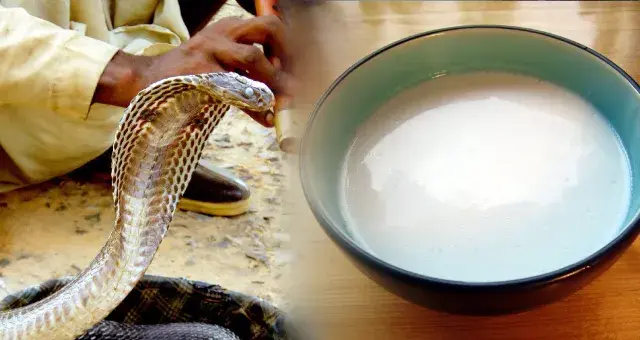
Historical Context and Misconceptions
The association between snakes and milk can be traced back to ancient mythologies and cultural beliefs. In some cultures, snakes were symbolically depicted drinking milk as a representation of their otherworldly nature or as an allegory for hidden wisdom. These depictions were often influenced by symbolism and metaphorical interpretations rather than actual biological facts.
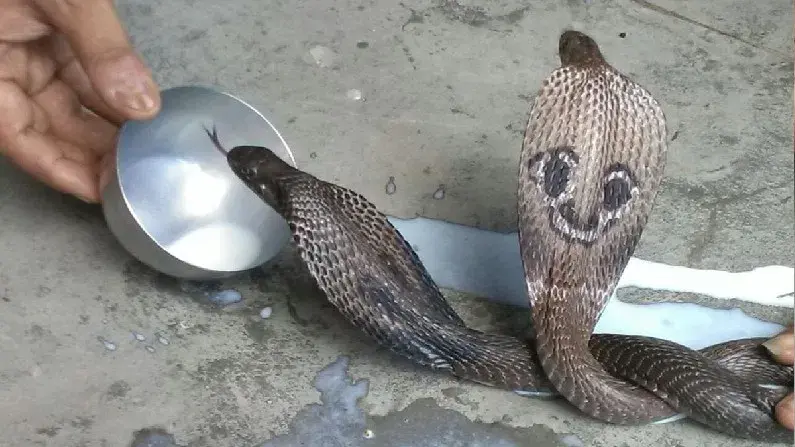
Snake Milking and Human Interaction
While snakes do not naturally drink milk, there is a practice known as “snake milking” that involves extracting venom from venomous snakes for research, antivenom production, or other medical purposes. However, this process is distinct from the notion of snakes consuming milk for sustenance.
Snake milking is performed by trained professionals who carefully extract venom from the fangs of venomous snakes using specialized techniques. It is a highly controlled and potentially dangerous procedure that requires expertise and caution.
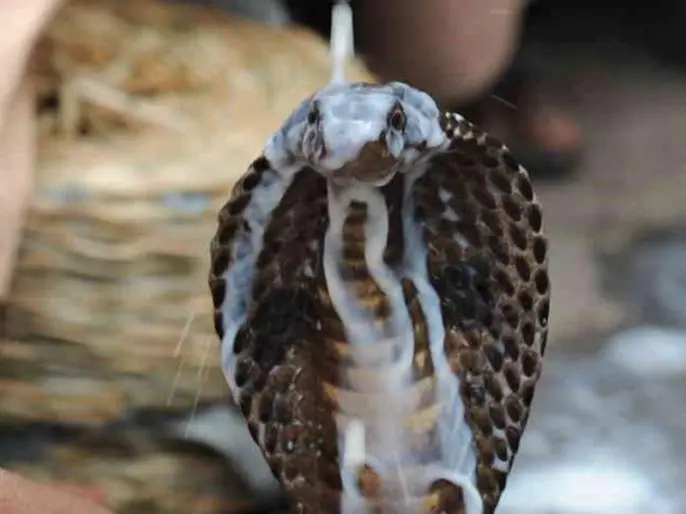
The belief that snakes drink milk is a misconception rooted in myth, folklore, and cultural symbolism rather than biological reality. Snakes are carnivorous reptiles that primarily rely on a diet of live prey for their sustenance. While the practice of snake milking exists for specific purposes, it is crucial to understand that snakes in the wild do not naturally consume milk.
It is essential to rely on scientific knowledge and accurate information when exploring the behavior and dietary habits of animals. By dispelling common misconceptions, we can develop a deeper understanding of the natural world and appreciate the fascinating aspects of snake biology and their unique adaptations.
